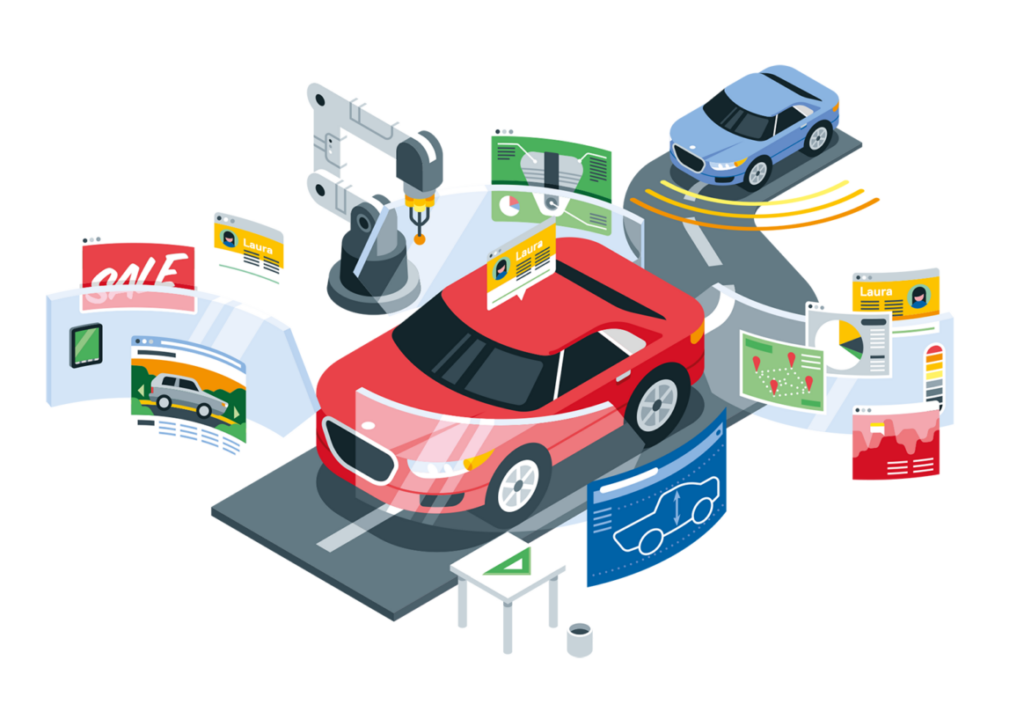Pakistan’s automobile sector is going through a transitional period that is being marked by changes in customer tastes, legislative reforms, and technological improvements. Comprehending the most recent automotive trends in Pakistan is vital for all parties involved, such as producers, retailers, and buyers.
Overview of Pakistan’s Automotive Industry
Over the past few years, Pakistan’s automotive sector has experienced substantial expansion, fueled by both favorable government regulations and an increase in car demand. A vast variety of vehicles are included in this industry, such as tractors, motorbikes, passenger cars, and commercial vehicles. Notable participants in the industry comprise Suzuki, Toyota, Honda, as well as more recent arrivals like Kia and Hyundai, which have added variety to the competitive environment.
Key Trends in the Pakistan Auto Market
Increased Demand for Passenger Cars
Improvements in financing choices, more disposable income, and growing urbanization have all contributed to the surge in demand for passenger automobiles. Among Pakistani buyers, popular models are the Suzuki Alto, Toyota Yaris, and Honda City.
Transitioning to Eco-Friendly and Fuel-Efficient Automobiles:
gasoline-efficient and environmentally friendly automobiles are becoming more and more popular as a result of rising environmental consciousness and shifting gasoline prices. Electric and hybrid cars (EVs) are becoming more and more popular, and automakers are releasing models to meet this growing demand.
3.Discovering Novel Models and Their Variants:
Automotive businesses constantly introduce new models and variations to stay competitive and meet consumer preferences. The rise in popularity of SUVs and crossovers, like the Hyundai Tucson and Kia Sportage, is a reflection of consumers’ shifting tastes for roomy, adaptable cars.
4 Impact of Government Policies:
The Automotive Development Policy (ADP) 2016–2021 is one of the key government initiatives that has shaped the sector. These initiatives seek to strengthen export capacities, encourage domestic production, and draw in foreign investment. The government’s recent incentives for hybrid and electric cars further demonstrate its commitment to environmentally friendly automobile alternatives.
5 Growth of the Used Car Market:
In Pakistan, the used automobile industry is growing and offering a wide range of reasonably priced alternatives. The rise of the used automobile industry has been facilitated by the increased accessibility and transparency afforded by online platforms and dealerships.
6 Technological Advancements and Connectivity:
Technological developments are transforming the automobile sector. To improve safety and the driving experience, features like infotainment systems, advanced driver assistance systems (ADAS), and connection choices are being added to cars more and more.
7 Localization and Export Potential:
There is a greater emphasis on localizing production, with more parts and components produced nationally. This lowers expenses and creates export-oriented prospects, establishing Pakistan as a possible regional center for the automobile industry.
Challenges Facing the Automotive Industry
Despite the positive trends, the automotive industry in Pakistan faces several challenges:
Economic Volatility: Changes in the economy, such as inflation and currency devaluation, have an effect on car costs and customer purchasing power. Sales may be impacted by this volatility’s potential to create erratic market dynamics.
Regulatory and Taxation Issues: Both producers and consumers face substantial obstacles due to intricate regulatory frameworks and elevated tax rates. For the sector to flourish, it is imperative to simplify laws and provide a more advantageous tax environment.
Infrastructure Deficiencies: Inadequate infrastructure limits the automobile industry’s ability to thrive, especially when it comes to road networks and EV charging stations. To facilitate the sector’s growth, infrastructure development investments are crucial.
Supply Chain Disruptions: The availability of raw materials and components has been disrupted by global supply chain disruptions, which have been made worse by occurrences like the COVID-19 pandemic. Maintaining production levels and satisfying market demand require a robust supply network.
Opportunities for Growth and Innovation
The future of Pakistan’s automotive industry holds several promising opportunities:
Electric Vehicles and Sustainability: The trend towards sustainability on a global scale offers Pakistan a great deal of potential. The EV industry has significant development potential due to rising consumer demand and government incentives. To facilitate this shift, infrastructure investments for EVs, such as charging stations, will be essential.
Expansion of Financing Options: A larger portion of the public may find it easier to acquire a car by having more and better financing choices available. Financial institutions are able to create customized solutions that meet a wide range of customer demands.
Focus on Research and Development (R&D) Putting money into R&D may boost competitiveness and spur innovation. Pakistan may become the leader in particular automotive areas by creating localized technology and solutions.
Enhancing Export Capabilities:Pakistan may augment its export capacities by capitalizing on domestic production and elevating quality benchmarks. Developing smart trade alliances and focusing on local markets can create new development opportunities.
Public-Private Partnerships: Government and private sector cooperation can hasten the growth of an industry. Technology innovation, talent development, and infrastructure development may all be aided by public-private partnerships.
Conclusion
Several developments are influencing the future course of the Pakistani automobile sector, which is currently at a critical crossroads. The sector is expanding as a result of increased demand for passenger cars, a move toward fuel efficiency, the release of new models, and encouraging government regulations. Unlocking the sector’s full potential, however, would require addressing obstacles including infrastructural shortages, regulatory concerns, and economic unpredictability.
Through leveraging electric car prospects, improving financing choices, prioritizing research and development, increasing exports, and cultivating public-private partnerships, Pakistan may establish itself as a vibrant participant in the global automotive industry. Maintaining a close eye on these trends and taking proactive measures to overcome obstacles would guarantee steady expansion and advance the economy of Pakistan as a whole.
